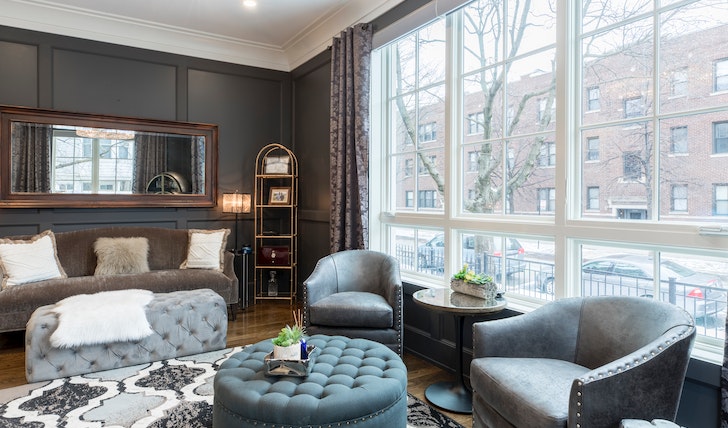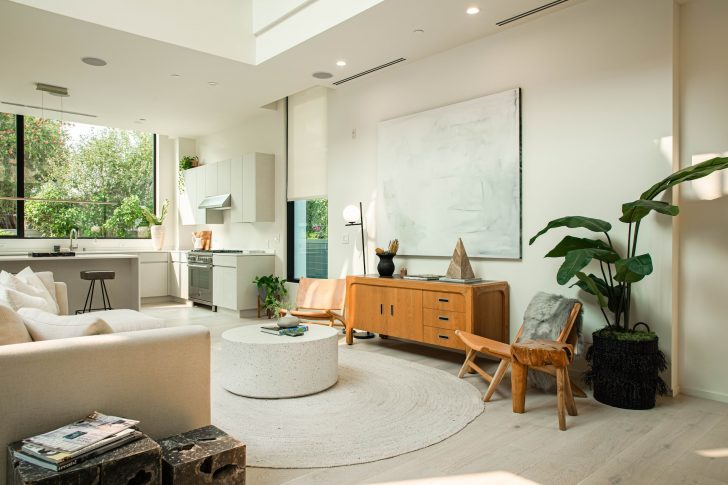Living in a comfortable space is something that everyone desires. A cozy and calming atmosphere helps you relax and unwind after a long day at work. But creating such an environment is not just about adding plush pillows and soft lighting. Instead, it is about incorporating elements and design that make you feel comfortable and happy.
So, if you are curious about how to create a comforting living space that you never want to leave, read on. Here are six surprisingly simple tips that can help you transform your living space into a sanctuary of comfort.

Alex / Pexels | It turns out that with a touch of creativity, you can create a wholesome living space.
Adequate Lighting
Lighting plays a significant role in creating a cozy and comfortable atmosphere. Harsh lighting can put you on edge. And soft lighting can help to calm you down and make you feel more relaxed.
You can introduce different sources of lighting in your space, such as dimmer switches, floor lamps, and candles, for a more inviting ambiance.
Soft & Inviting Seating
Your living room seating should not just be functional but should also be comfortable. Consider investing in plush sofas, comfortable armchairs, and cozy throws to make seating comfortable to relax in after a long day.
Creating your lounge with comfort and relaxation in mind should be a priority. It will definitely add to the overall comfort level of your space.

Pixabay / Pexels | Plants are the souls of your living space. Add as much as you can.
Add More Plants
Adding plants not only provides you with clean air. But it can also add a touch of nature indoors. It not only adds beauty to a room, but it also promotes a peaceful and calming environment. From small to large plants, they all add to the ambiance and create a positive atmosphere.
Warm Color Scheme
Inviting and warm colors can make a space feel livelier and more welcoming. You can use warm wall colors, soft furnishings, and even a warm-toned rug underfoot to give the space more of a comfortable vibe. Rich hues such as terracotta, rust, forest green, and mustard purple are all great options for a cozier atmosphere.
Comfy Fabrics
Choosing soft, comfortable fabrics, such as wool, silk, and plush cotton, can help add to the comfort level of your home, giving you a cozy space to relax in. Comfy fabrics make your living room feel more inviting, cozy, and homey.
Personal Touches
Adding personal touches to your living space can immediately make it feel like home. Adding pictures, artwork, and treasured mementos can make you feel relaxed and happy.

Cat / Unsplash | Decorate the living space with a personal touch.
Thus, decorating a space with items that hold meaning for you can help to create an environment that feels like an extension of yourself.
Parting Thoughts
Accessorizing your living space is very important to bring a tranquil vibe to your everyday life. Turning your space into a sanctuary gets rid of stress from your busy life. We hope that these six tips give you great inspiration and a starting point to turn your living room into a welcoming and peaceful space.
Just remember to make sure it feels like your own space with personal touches that reflect your unique style and personality. Ultimately, this will create a relaxing and tranquil vibe for you to come home to each day.













